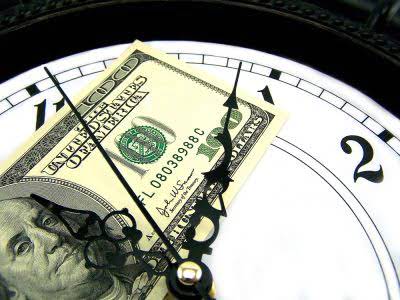
Striking the right balance is essential if you want to ensure the longevity of your hotel. Keeping track of competitors’ performance can also be valuable when generating hotel forecasts. Understanding how competing properties are faring Retail Accounting in terms of pricing, promotions, and occupancy levels can give you a sense of what to expect from your own property and adjust your strategies if necessary. Determines optimal price points designed to balance demand elasticity, perceived value, and competitive posturing. Estimates recurring and non-recurring expenses tied to hotel operations, ranging from salaries and benefits to utilities, property maintenance, tax liabilities, and depreciation charges.

Operating costs
Whether it’s a broken HVAC system or sudden maintenance issues, this emergency fund is crucial for managing unexpected costs while maintaining consistent revenue and preserving overall financial budget in hotel health. This highlights the growing significance of digital marketing in the hospitality industry and the need for hotels to adapt to changing trends and consumer preferences. Additionally, planned marketing or sales initiatives are essential to consider any upcoming promotions, advertising campaigns, or events that may attract more guests and increase sales. By considering both financial and qualitative data, hotels can create a more comprehensive and accurate budget.
Tourist Inn Hotel & Tourist Inn One in Amsterdam

The majority of the businesses in the hospitality sector follow this method for their contribution margin business budget planning. Budgeting is not easy, and as we all want our hotels to exeed expectations. However, being overly optimistic can lead to unrealistic goals, which may frustrate your staff if they struggle to meet them. To avoid this, base your forecasts on realistic data that considers all market conditions and past performance.
- Determine profit margins, and clearly outline operating expenses such as labor costs, utilities, and maintenance.
- Decisions made during this period have long-lasting implications, affecting everything from staffing levels to capital investments to where you can invest to increase hotel room sales.
- By incorporating these components into your planning, you can ensure that all financial aspects of the hotel’s operations are comprehensively planned and managed.
- But if you’re buying toilet paper for this month, that’s an operating expense that goes straight to your P&L.
- Market conditions and competitive factors play a crucial role in hotel budgeting.
- Each team needs to translate the forecasts from the revenue and F&B teams into budgets for their areas.
Making the Most of Your Extended Stay in Columbus: Fun, Food & Local Favorites
- The same can be called surplus or deficit, depending on if the expenses are high or low.
- Based on historical data and market trends, set realistic revenue targets for each department, including room bookings, food and beverage, and other services.
- Let’s take a closer look at the factors one needs to consider when preparing a hotel budget.
- To help you understand and analyze the multitude of reviews, the Review Assistant also incorporates Review Analytics.
- For room revenue, forecast occupancy rates, ADR (Average Daily Rate), and RevPAR (Revenue per Available Room) to inform your budget.
For example, if the marketing department understands their allocated budget, they can plan their campaigns and initiatives accordingly, ensuring optimal utilisation of resources. Identifying key areas for investment helps hotels allocate resources strategically for maximum business performance. When identifying these areas, it is important to break down the allocation into sub-categories to ensure a more focused and targeted approach. By staying up-to-date on industry trends and market conditions, hoteliers can anticipate changes in customer demand and adjust their revenue projections accordingly.

Types of Forecasts Used in the Hotel Industry

Give your international guests the freedom to pay in their preferred currency. Captures periodic variability attributable to temporal discrepancies, such as holidays, vacation seasons, weather anomalies, or special events. Recognition of recurrent peaks and troughs permits tailored approaches to resource provisioning, promotion design, and channel distribution. Anticipate possible scenarios and incorporate contingency measures into your budget. Account for both positive and negative deviations from initial projections.


